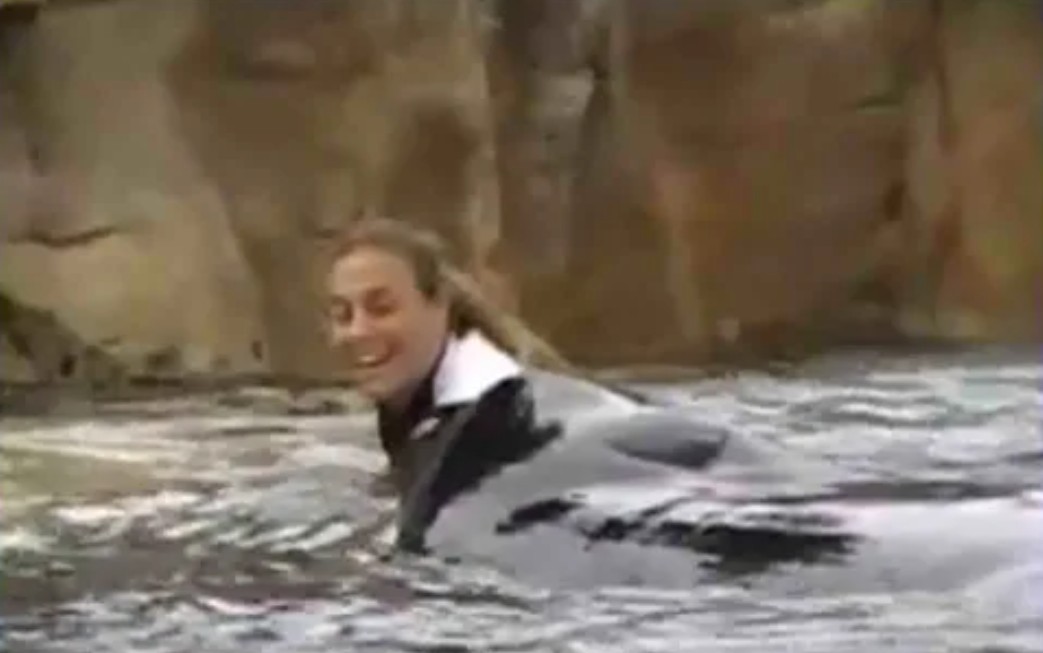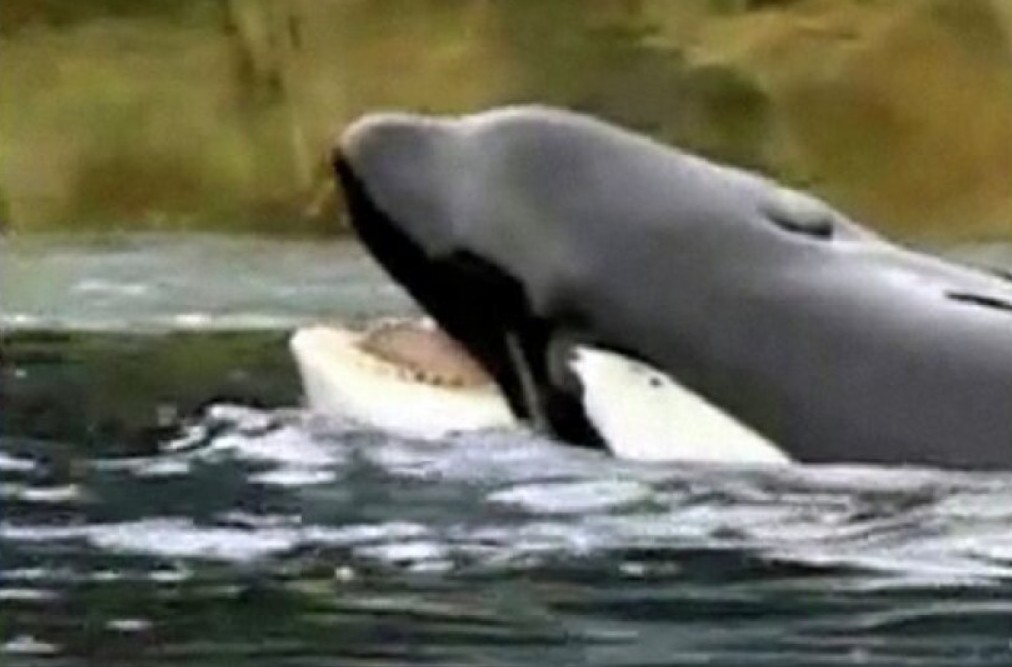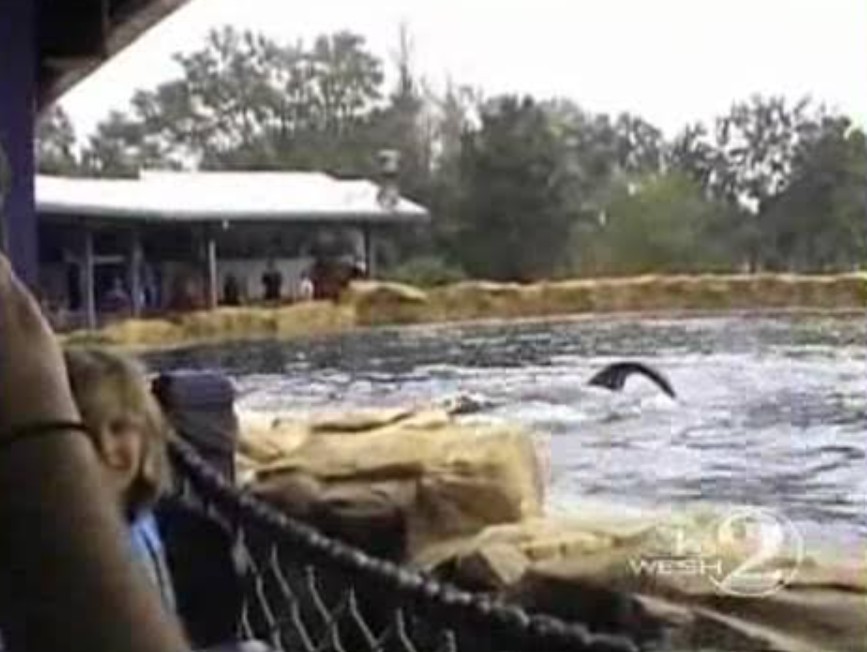Dawn Brancheau Video and Tragic Incident Sparks
The recent release of a video capturing a 2006 killer whale attack at SeaWorld San Diego has reignited discussions about safety in marine parks. The footage, obtained through a Freedom of Information Act request by author David Kirby, provides a vivid and unsettling reminder of the dangers faced by trainers working with large marine mammals. As the public reacts to this video, it raises pressing questions about the ethics of keeping killer whales in captivity and the measures in place to protect both trainers and animals.

Contents
The Incident in 2006
The video, which lasts 15 minutes, shows a terrifying encounter between SeaWorld trainer Ken Peters and a killer whale named Kasatka. During a performance, Kasatka grabbed Peters by the foot and dragged him underwater, refusing to let go. The footage captures the intensity of the struggle, as Peters repeatedly surfaces only to be pulled back under by the 5,000-pound whale. Despite the life-threatening situation, Peters remained composed, using his experience and training to calm Kasatka and eventually break free.

Peters suffered puncture wounds and other injuries during the ordeal but survived. Remarkably, he continues to work at SeaWorld, a testament to his dedication and passion for marine life. This incident, however, stands as a stark example of the inherent risks involved in working with animals as powerful and unpredictable as killer whales.
Release of the Video
The video’s release has drawn significant attention, particularly due to the efforts of David Kirby, who requested the footage under the Freedom of Information Act. Kirby’s book, Death at Sea World, explores the broader issues surrounding killer whale captivity and trainer safety. By including the video in his research, Kirby aimed to shed light on the dangers faced by trainers and the ethical concerns of keeping killer whales in confined environments.
Dawn Brancheau Video Incident Spark
The timing of the video’s release adds to its impact. Although the incident occurred nearly two decades ago, its public release serves as a poignant reminder of the risks associated with marine park performances. For many, it underscores the need for transparency in the marine park industry and the importance of addressing safety concerns.
Safety Concerns at SeaWorld
The 2006 attack on Ken Peters was not an isolated incident. It forms part of a troubling history of safety violations and tragic events at marine parks. Perhaps the most infamous example is the 2010 death of trainer Dawn Brancheau at SeaWorld Orlando. Brancheau was killed by a killer whale named Tilikum during a performance, an event that sparked widespread outrage and prompted federal investigations into SeaWorld’s practices.

Federal regulators have used videos like the 2006 footage as evidence in their case against SeaWorld. Following Brancheau’s death, the Occupational Safety and Health Administration (OSHA) issued citations against the park, citing its failure to protect trainers from known hazards. These incidents have led to increased scrutiny of SeaWorld’s safety protocols and the broader practice of keeping killer whales in captivity.
The video of Kasatka’s attack has become a key piece of evidence in these discussions, illustrating the unpredictable nature of killer whales and the potential for danger, even with experienced trainers. It has also highlighted the limitations of safety measures in place at the time, raising questions about whether more could have been done to prevent such incidents.
Ken Peters’ Continued Work
Despite the harrowing experience, Ken Peters continues to work at SeaWorld. His perseverance and dedication to his profession are admirable, but his story also sheds light on the resilience and passion of trainers who choose to work with these majestic but dangerous animals. Peters’ survival is often attributed to his deep understanding of killer whale behavior and his ability to remain calm under pressure.
However, Peters’ decision to continue working at SeaWorld also raises questions about the culture of marine parks and the expectations placed on trainers. While their work is undeniably valuable, it is essential to consider whether enough is being done to ensure their safety and well-being.
Public and Regulatory Reactions
The release of the 2006 video has prompted strong reactions from the public and regulatory bodies alike. For many viewers, the footage is a shocking reminder of the physical and emotional toll of working with captive killer whales. It has reignited debates about the ethics of marine parks and the treatment of animals in captivity.
Public opinion has increasingly turned against the captivity of killer whales in recent years, fueled by documentaries such as Blackfish, which explored the life of Tilikum and the broader consequences of keeping orcas in marine parks. These films, along with the release of videos like the Kasatka attack, have significantly influenced public perception and policy.
Regulatory bodies, including OSHA, have used such incidents to push for stricter safety measures in marine parks. In response to Brancheau’s death, OSHA imposed a ban on trainers performing in close contact with killer whales unless protected by physical barriers. This ruling marked a significant shift in how marine parks operate and signaled a growing acknowledgment of the dangers posed by captive orcas.
Broader Implications
The release of the 2006 video has broader implications for the future of marine parks and the treatment of killer whales. It raises critical questions about the ethics of keeping such intelligent and social animals in captivity. Critics argue that the confined spaces of marine parks are inadequate for animals as large and active as killer whales, leading to stress and behavioral issues that can result in dangerous incidents.
These concerns have prompted significant changes in the industry. SeaWorld, for instance, announced in 2016 that it would end its orca breeding program and phase out theatrical orca shows. While these steps are commendable, many advocates believe more needs to be done to ensure the well-being of both the animals and the trainers who work with them.
The release of the 2006 video showing Ken Peters’ harrowing encounter with Kasatka serves as a powerful reminder of the risks and ethical dilemmas associated with marine parks. It highlights the bravery and dedication of trainers like Peters while underscoring the need for stricter safety measures and greater transparency within the industry.
As public opinion continues to shift and regulatory bodies push for reforms, the future of marine parks remains uncertain. The debate surrounding the captivity of killer whales is far from over, but one thing is clear: the lessons from incidents like the 2006 attack must not be ignored. They should serve as a catalyst for meaningful change, ensuring a safer and more humane future for both trainers and the animals they care for.
Hot News -Yo Quiero Agua Video Gore and Shaking Mexico
Logan Guminski Dog Video and Explicit Content
Ari Kytsya Starbucks Video Original and Controversial Leak
Mo3 Shooting Video and Rapper Tragic Death
Ms Pacman Gore Video and The Disturbing Truth Behind
3 Guys 1 Hammer Video and the Dnipropetrovsk Maniacs
Sophie Rain Spiderman Video and Everything You Need to Know

